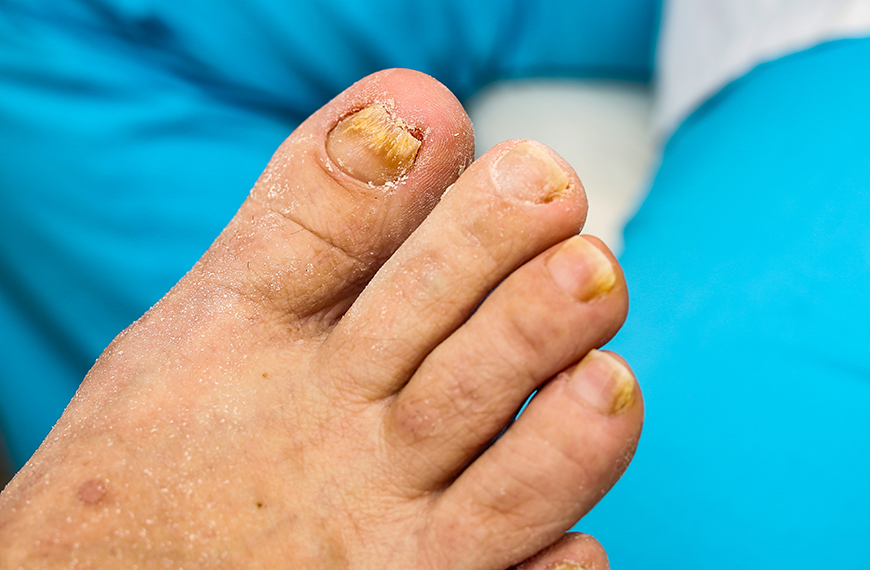Onychomycosis: Understanding and Managing Nail Fungal Infections

Onychomycosis, commonly known as nail fungus, is more than just a cosmetic concern. It’s a prevalent condition that affects both toenails and fingernails, leading to symptoms like nail thickening, discoloration, and pain. This condition, caused by various fungi including dermatophytes, yeasts, and molds, can significantly impact daily life and social interactions. But what makes it particularly important is its potential health risks for individuals with chronic wounds or underlying conditions like diabetes.
What Exactly is Onychomycosis?
This chronic fungal infection affects the nails, altering their appearance and texture. It’s not just about discolored or thick nails; onychomycosis can cause discomfort and even pain, making it more than a simple aesthetic issue. Diagnosing it involves a clinical examination and sometimes laboratory tests, which are crucial for effective treatment.
Why Should We Pay Attention to Onychomycosis?
For those with chronic wounds or diabetes, onychomycosis isn’t just another health issue; it’s a significant concern. This infection can exacerbate existing wounds, slow down healing, and lead to further complications. It’s essential to treat onychomycosis not just for the sake of clear nails, but for overall health and well-being, especially in vulnerable individuals.
Risk Factors and How Common Is It?
Onychomycosis primarily affects adults, with risk factors including age, reduced circulation, weak immune systems, and certain lifestyle habits. It’s particularly problematic for people with diabetes or peripheral vascular disease, as these conditions increase the risk of infection and complications.
Tackling Onychomycosis
Treating this condition involves a range of strategies, from antifungal medications to potentially removing the affected nail. Timely treatment is key to preventing the spread of the infection and avoiding complications, especially in those with pre-existing conditions.
Onychomycosis in the Context of Wound Care
In the realm of wound care, onychomycosis is a critical factor. For patients with chronic wounds, an untreated fungal infection can hinder healing and increase the risk of secondary infections. This underlines the need for integrated care, where both the nail infection and the wound are simultaneously addressed.
Preventing Onychomycosis
Prevention is about maintaining good foot hygiene, regular check-ups, and being extra cautious if you’re at higher risk, like those with diabetes. Early detection and treatment are crucial in preventing the infection from worsening.
The Wish Clinic’s Approach to Onychomycosis treatment
At The Wish Clinic, treating onychomycosis, especially in patients with chronic wounds or health conditions, is a holistic and patient-centered endeavor. The clinic employs advanced treatments like MICROLIGHT cold-diode laser therapy and collaborates closely with primary care professionals to ensure comprehensive care and optimal health outcomes.
Wrapping It Up
Onychomycosis might seem like a minor issue, but its impact on quality of life and health can be significant. Understanding this condition, its treatment, and its implications, particularly for those with chronic wounds or diabetes, is essential. The Wish Clinic stands out with its holistic and integrative care approach, offering effective onychomycosis treatment and enhancing overall health.
For more detailed insights and onychomycosis laser treatment options, explore The Wish Clinic’s comprehensive approach to advanced wound care and their extensive overview of various health conditions.




